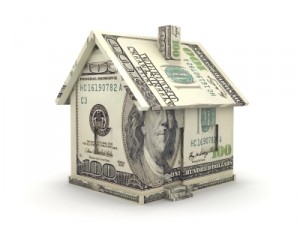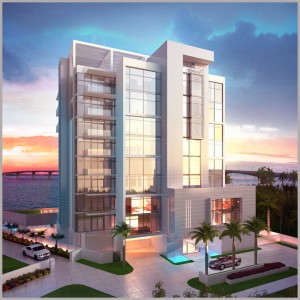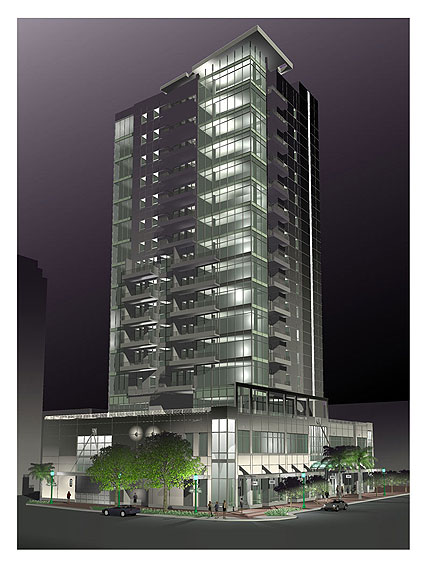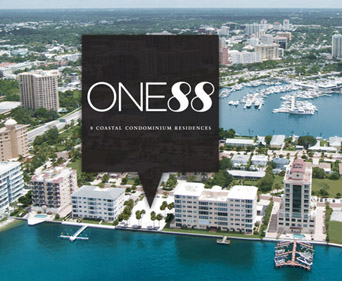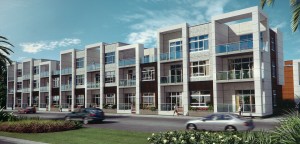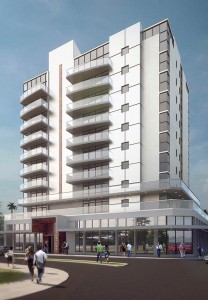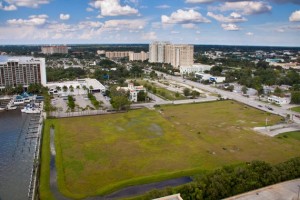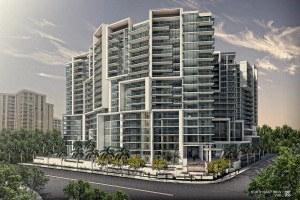Easing mortgage lending requirements will provide great assistance in furthering the housing rebound.
Regulators promise thaw in mortgage credit underway
Regulators who oversee Fannie Mae, Freddie Mac and the Federal Housing Administration are telling mortgage lenders that they’re ready to cut them some slack, and mortgage lenders say they’re ready to run with the ball.
Speaking at the Mortgage Bankers Association’s annual convention, Mel Watt — who runs Fannie and Freddie’s regulator, the Federal Housing Finance Agency — said a pact with the mortgage giants to be unveiled in coming weeks should ease many of the fears lenders have about extending credit to riskier borrowers.
Revisions
Watt confirmed media reports that FHFA has reached an agreement with Fannie and Freddie on revising the representation and warranty requirements, and said lenders can expect to get more clarity in coming weeks. The revisions will still allow Fannie and Freddie to demand that loan originators buy back a loan at any time when there has been a “pattern of misrepresentations or data inaccuracies,” Watt said.
Fannie and Freddie will be able to bring back programs allowing them to guarantee some mortgages with down payments of as little as 3 percent. Like other loans made to borrowers making down payments of less than 20 percent, Fannie and Freddie will require them to obtain mortgage insurance at additional expense.
Positive News for Mortgage Lending
Mortgage Bankers Association President David Stevens called Watt’s speech, and similar remarks from Housing Secretary Julián Castro, “extraordinary announcements and extremely positive” for mortgage lending, the Wall Street Journal reported.
In his address, Castro noted that even former Federal Reserve Chairman Ben Bernanke has said that he had trouble refinancing his mortgage.
“If the former Fed chair is having trouble, imagine the frustration of average folks,” Castro told mortgage bankers. “The pendulum has swung too far in the other direction. There’s been a vacuum in the market and it needs to be filled.”
Inman News 10/2014




